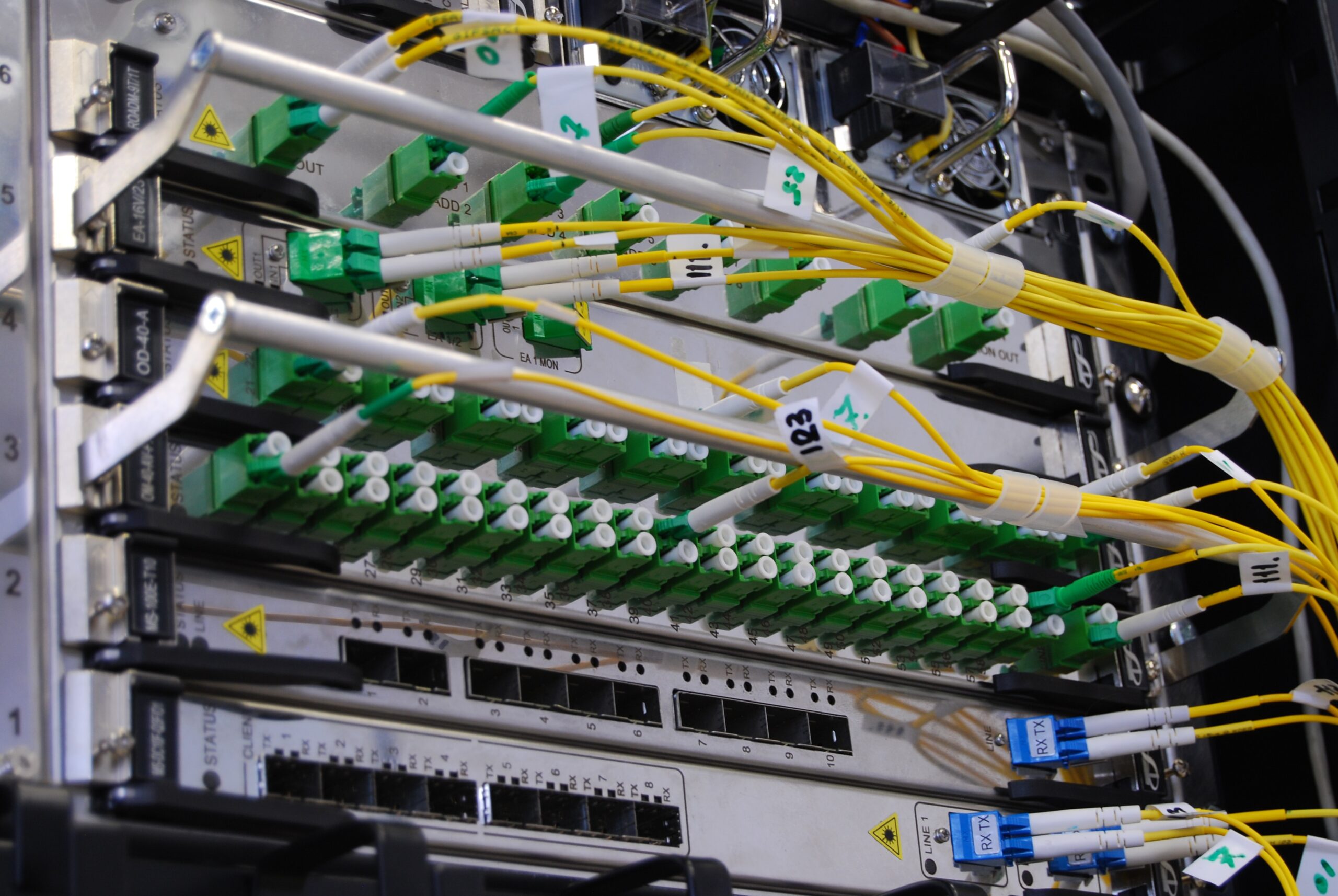However, this task comes with its challenges. In this post, we will explore some obstacles that school districts encounter when it comes to managing their IT equipment and discuss solutions.
Challenges Faced by School Districts in Managing IT Equipment
Financial Limitations
One of the hurdles that school districts face in managing their IT equipment is financial resources. Many districts struggle to allocate funds for purchasing and maintaining a range of devices, such as laptops, desktop computers, tablets, and other peripherals. Due to these budget constraints, school district IT equipment tracking becomes difficult, and technology infrastructure often becomes outdated and unreliable, negatively impacting students’ learning experiences.
Volume of Devices
School districts have to handle a number of IT devices that require effective management. This can include computers in labs, devices assigned to teachers, and administrative staff members’ shared resources like projectors and printers. Without school district IT equipment tracking systems in place for inventory tracking, updates, repairs, and replacement schedules for these devices can become overwhelming.
Device Security
Ensuring the security of IT equipment poses another challenge for school districts. In today’s setting, it is crucial to prioritize the protection of information due to the increasing focus on digital resources and connectivity. This involves ensuring that student data remains secure from access or breaches, as well as consistently maintaining up-to-date antivirus software on all devices.
Providing Support
One important aspect in this regard is providing support to address any hardware or software issues that may arise, which is essential for uninterrupted learning experiences within school districts. However, employing IT staff to handle such support requests can be financially burdensome for many districts. As a result, schools often rely on their resources or seek external support on an as-needed basis.
Solutions to Address These Challenges
There are many solutions that can help address these challenges:
Allocation Planning
Keeping track of classroom usage intensity allows for identifying areas where additional devices may be required while reallocating underutilized ones.
Technology Life Cycle Management
Effective management of IT assets involves planning throughout their life cycle, including routine maintenance, upgrades, and a well-defined replacement strategy. Staying ahead of technology and regularly replacing equipment ensures that students have access to up-to-date technology.
Partnerships with IT Providers
Collaborating with IT providers can offer cost-effective solutions for overcoming staffing limitations. Partnering with the right vendor provides schools with access to expert technicians who are skilled in troubleshooting issues and maintaining IT equipment.
Utilizing Support
Utilizing support has become increasingly popular in recent years. Thanks to advancements in technology, there are now software solutions that allow for diagnostic and resolution on connected devices. These services can provide assistance to all users without the need for on-site visits.
Implementing Layers of Security
It is crucial for school districts to regularly assess their vulnerabilities and implement layers of security protection due to the evolution of security threats. Measures such as filtering web content using networks, enabling authentication methods, and providing regular security awareness training for staff members can greatly reduce risks. For instance, it is encouraged to browse education-focused sites within schools whenever required.
Utilizing Asset Tracking Systems
Another valuable solution for school districts when it comes to managing their IT equipment is implementing asset tracking systems. These systems offer a database that allows schools to monitor and track all IT devices, including their locations, status, maintenance history, and usage patterns.
Benefits of Asset Tracking Systems
Asset tracking software brings many benefits, such as:
Streamlined Inventory Management
Asset tracking systems simplify the inventory management process by updating the database with information whenever a new device is added, or an existing one is moved or replaced. This helps prevent mistakes and guarantees that administrators have a count of all the IT assets in the district.
Enhanced Maintenance Scheduling
By utilizing asset tracking systems, schools can easily schedule maintenance tasks for their IT equipment based on usage patterns and predefined schedules. Being proactive with maintenance allows schools to avoid problems from becoming issues and prolong the lifespan of their devices.
Conclusion
Managing IT equipment in school districts presents many challenges that require effective solutions. By addressing budget limitations through allocation planning or partnerships with IT providers, districts can improve their technology infrastructure without straining resources. Implementing life cycle management enables them to make the most of each device’s lifespan while keeping up with advancements. Lastly, embracing technical support options and enhancing security measures ensures an efficient learning environment for students.
By confronting these challenges and implementing the suggested solutions, school districts will be well-equipped to manage their IT equipment, meet students’ digital needs, and support effective teaching practices district-wide.








